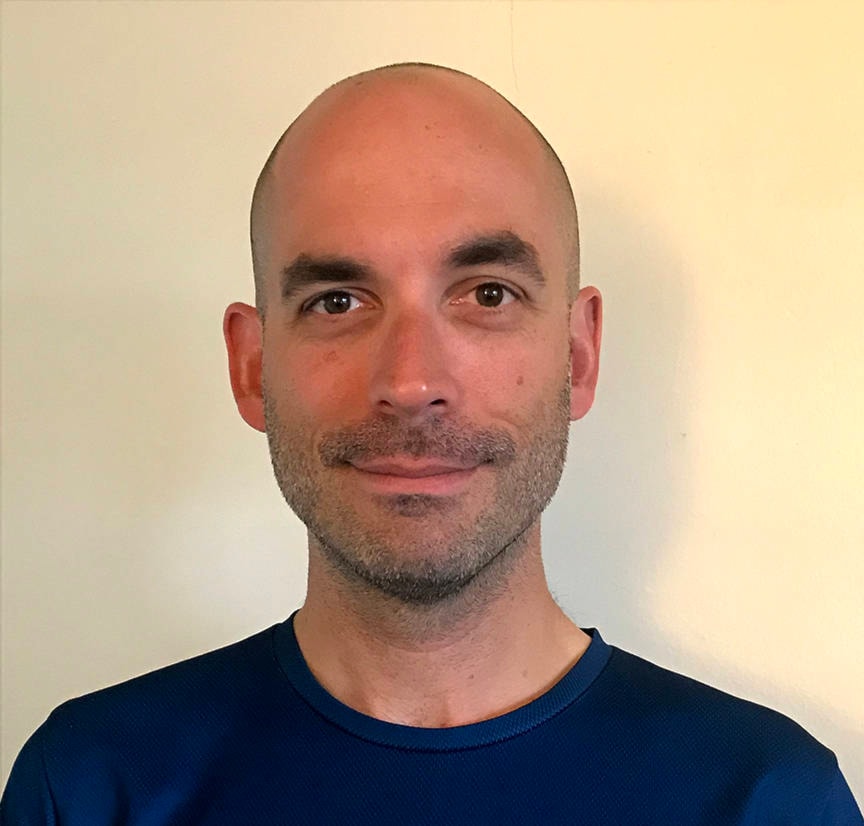In 2015 during a trip to Australia, I visited the southern island state of Tasmania and did all of my travelling on a bicycle. Exploring that beautiful, green state on two wheels is possible because of the network of bike paths that run parallel to highways and go between cities. It was a cheap and convenient way of seeing a lot of the country up close, and I could hop off at any time to quickly explore a creek or a forest.
No such inter-city bike paths exist yet in northwest British Columbia. The only option for visiting any regional town by bike is to ride on Highway 16, which many trans-B.C. cyclists do, but it can be risky to share the road with motorists who are driving very fast.
B.C. should emulate Tasmania’s model and build paths beside or near major roads that are off-limits to motor vehicles. But more specifically, the project should start small by linking up Burns Lake to neighbouring communities like Houston and Fraser Lake, with the eventual goal of a network stretching from Prince Rupert to Prince George.
The idea isn’t actually new for the Bulkley Nechako region and for several years the Cycle 16 Trail Society has been advocating for the construction of a bike path between Smithers and Telkwa.
The group’s proposed path would run along the east side of Highway 16 from Telkwa, cross the road over a bridge around the halfway point and continue along the west side of the highway towards Smithers. It would also be set back from the highway by 9 metres and in three sections the path would use parts of the old highway.
In terms of costs, the first phase of the path consisting of 4-5 kms would come to about $1.5 million. That was the estimate given by Cycle 16’s president Tony Harris and vice president Jeremy Shriber to the Regional District of Bulkley-Nechako’s board of directors on Oct. 24.
A pricey project, and it would be even pricier to build a path for the 80 km route between Burns Lake and Houston, or the 70 km to Fraser Lake. Hypothetically though, it’s still a lot less than resurfacing - nevermind building - highways. The three kms of Highway 16 in Burns Lake that were resurfaced in the summer cost $7.4 million.
The benefits that a bike path network could offer to the region are considerable.
For one thing it would provide a safer option for cyclists to ride to neighbouring towns and an added draw for bike tourists making their way to and from the coast.
It would further link up the mountain biking infrastructure of Burns Lake with that of Houston.
And the paths wouldn’t be limited to cyclists. Roller bladers, people in wheelchairs and even ambitious runners training for an ultramarathon could use the path to Houston or Fraser Lake.
While Burns Lake is rightly trying to figure out ways of attracting new residents and tourists, it’s useful to think of paving the way for transportation forms other than motor vehicles.
Blair McBride
Multimedia reporter
Send Blair an email
Like Lakes District News on Facebook
